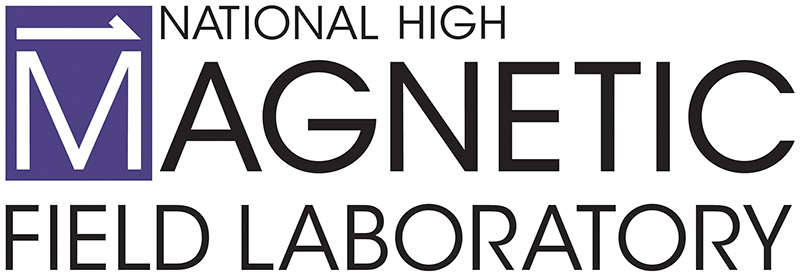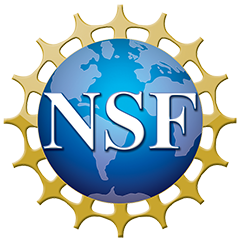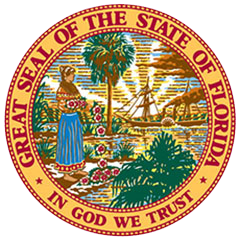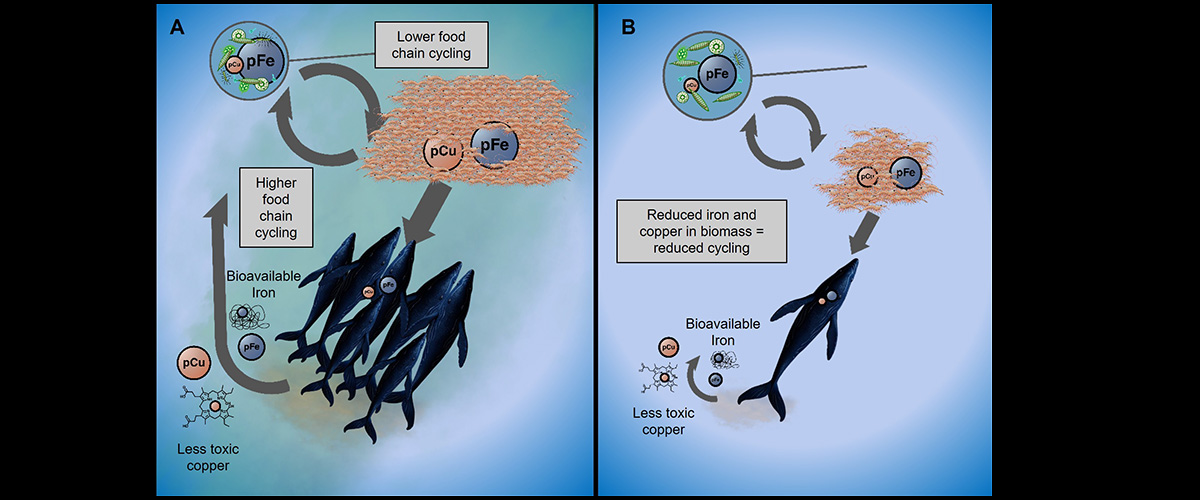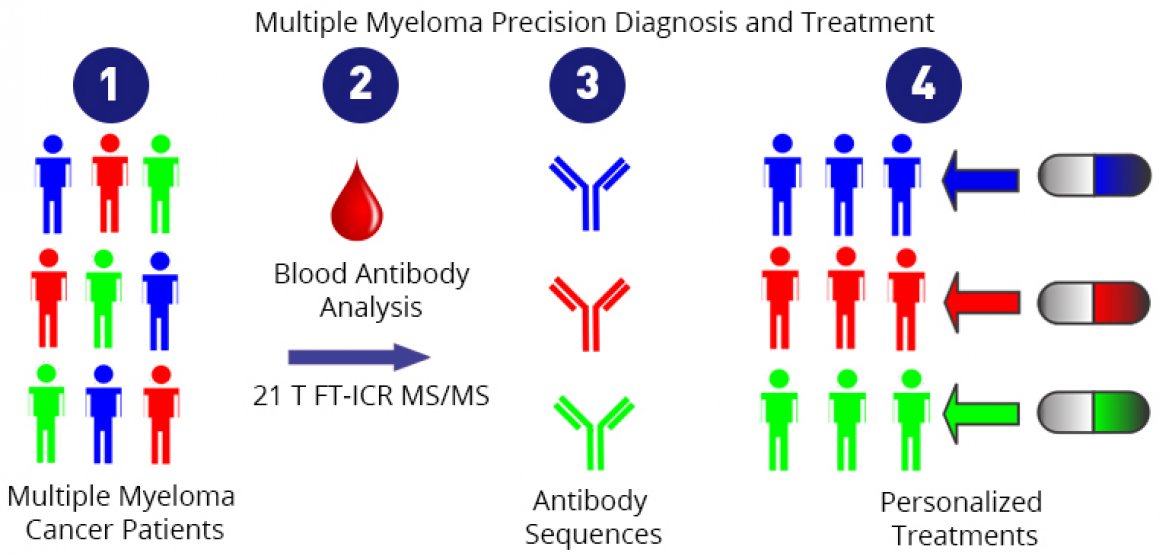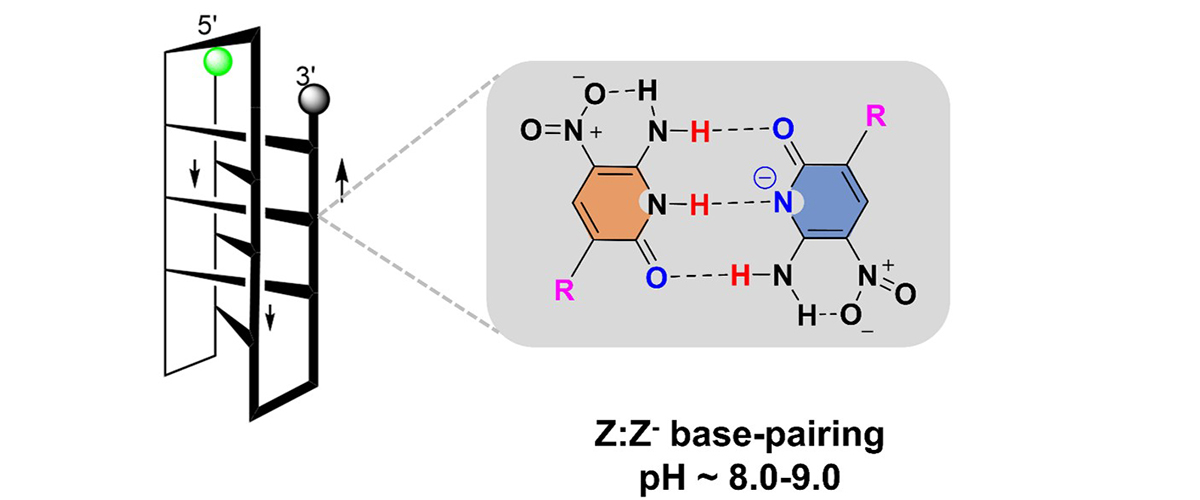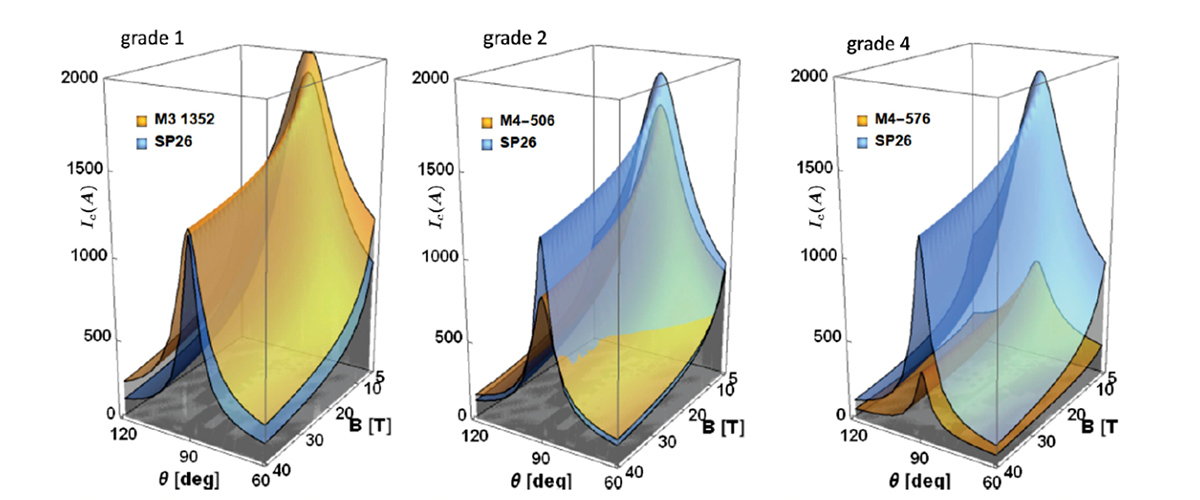What is the finding
When whales poop, they release iron and copper into the ocean. Phytoplankton, the plants of the sea, need iron to grow and they are able to use the iron from whale poop. However, copper is toxic when there is too much available, but it is released by whales in a form that is less toxic.
Why is this important?
Phytoplankton are the foundation of the oceanic food web and are responsible for almost half of the oxygen in the atmosphere. Access to nutrients (like iron) and protection from toxic elements (like copper) have large impacts on their ability to grow and photosynthesize (take in carbon dioxide from the atmosphere and release oxygen), which has implications for the climate. The loss of millions of whales to industrial whaling may disrupt this cycle, changing how these elements move through the ocean.
Who did the research?
P. J. Monreal1, M. S. Savoca2, L. Babcock-Adams3, L. E. Moore1, A. Ruacho1, D. Hull1, L. J. Pallin4, R. C. Nichols4, J. Calambokidis5, J. A. Resing1,6, A. S. Friedlaender4, J. Goldbogen2, R. M. Bundy1
1University of Washington; 2Stanford University; 3National MagLab; 4University of California Santa Cruz; 5Cascadia Research Collective; 6Pacific Marine Environmental Laboratory
Why did they need the MagLab?
The MagLab is home to the 21 tesla Fourier Transform Ion Cyclotron Resonance (FT-ICR) mass spectrometer, the world’s most powerful mass spectrometer, which can see molecules at a level of detail no other mass spectrometer can. This instrument was required for this work because seawater is a very complex mixture, containing tens of thousands of different chemicals that need to be resolved from one another and identified. With the mass accuracy achievable at 21 tesla, we can determine which elements (like copper and iron) and how many are in each molecule just by weighing them.
Details for scientists
- View or download the expert-level Science Highlight, Whales Recycle Bioavailable Iron and Copper to Marine Phytoplankton
- Read the full-length publication, Organic Ligands in Whale Excrement Support Iron Availability and Reduce Copper Toxicity to the Surface Ocean, in Communication Earth & Environment Data Set 1 | Data Set 2
Funding
This research was funded by the following grants: K. M. Amm (NSF DMR-1644779); J. Calambokidis (ANT-1643877); Palmer LTER (ANT-1440435, ANT-2026045)
For more information, contact Kristina Hakansson.
